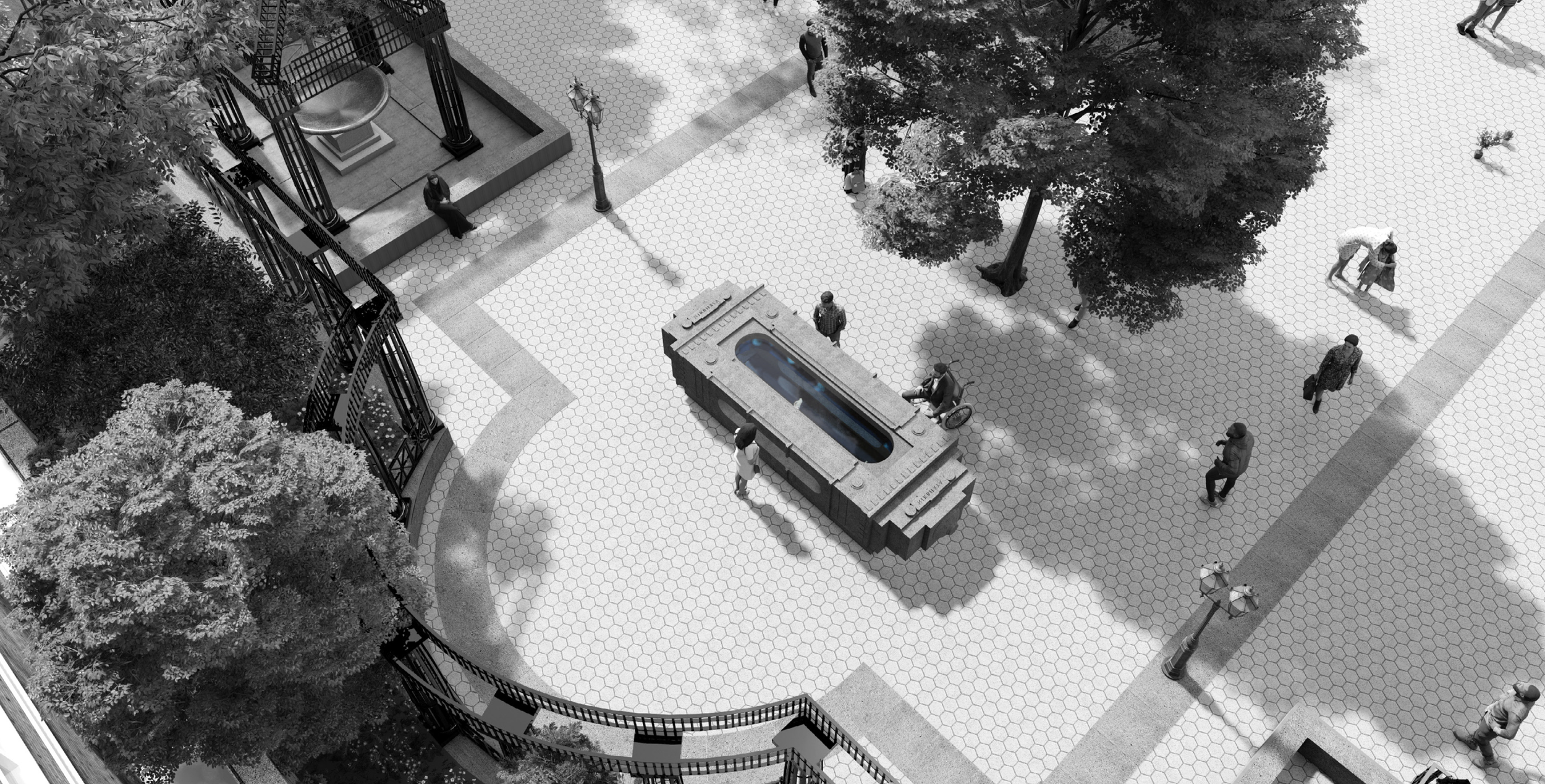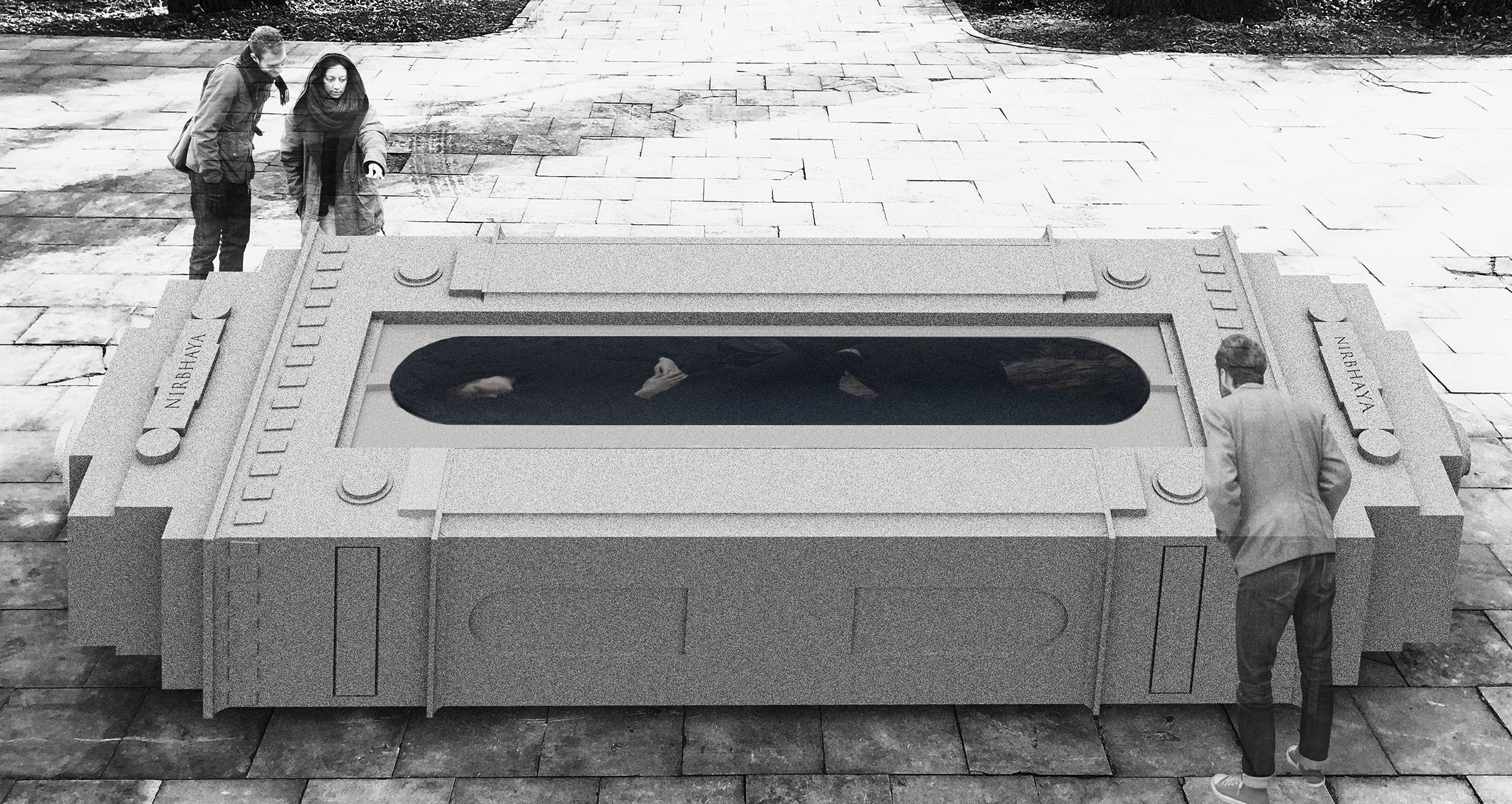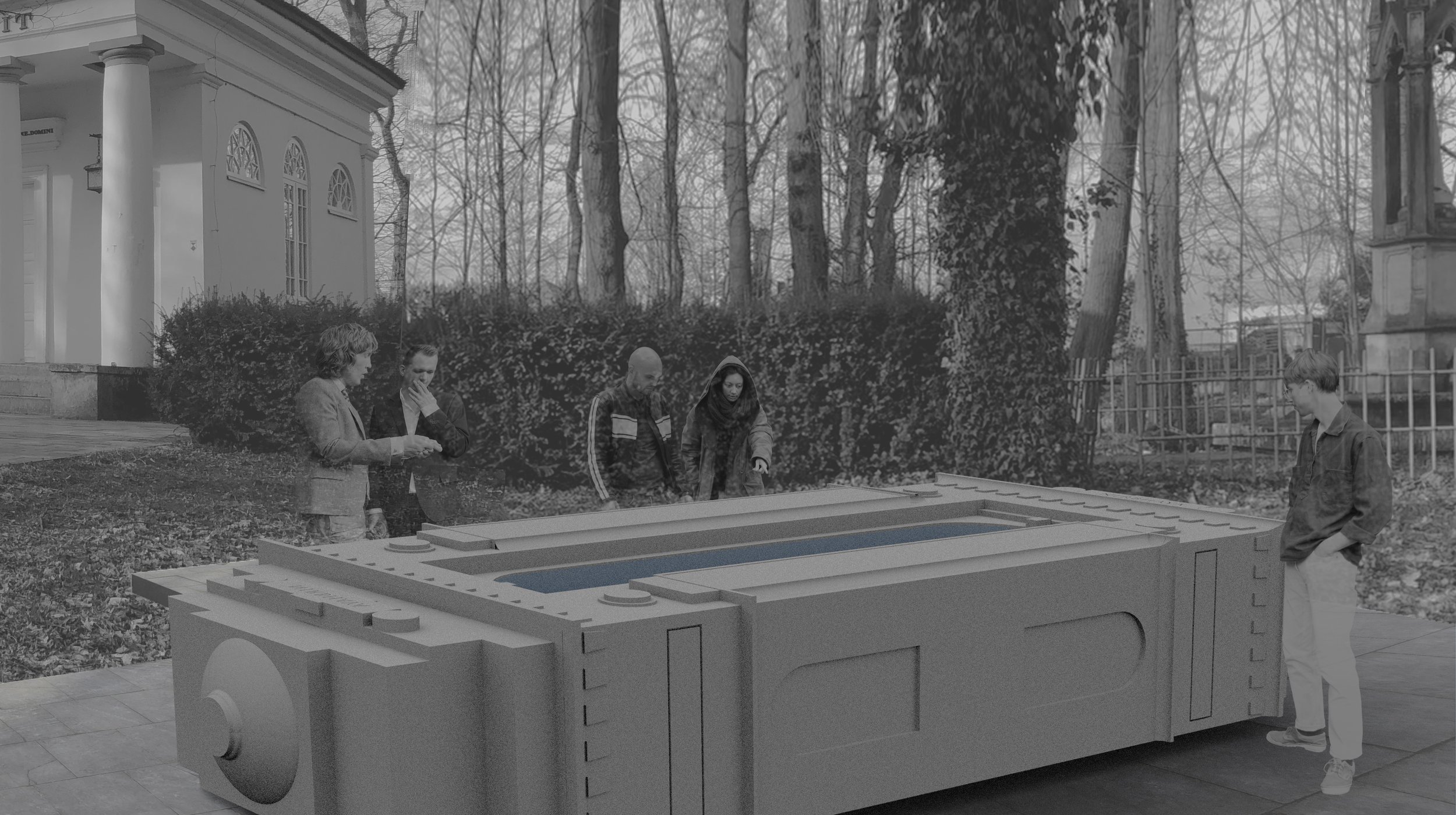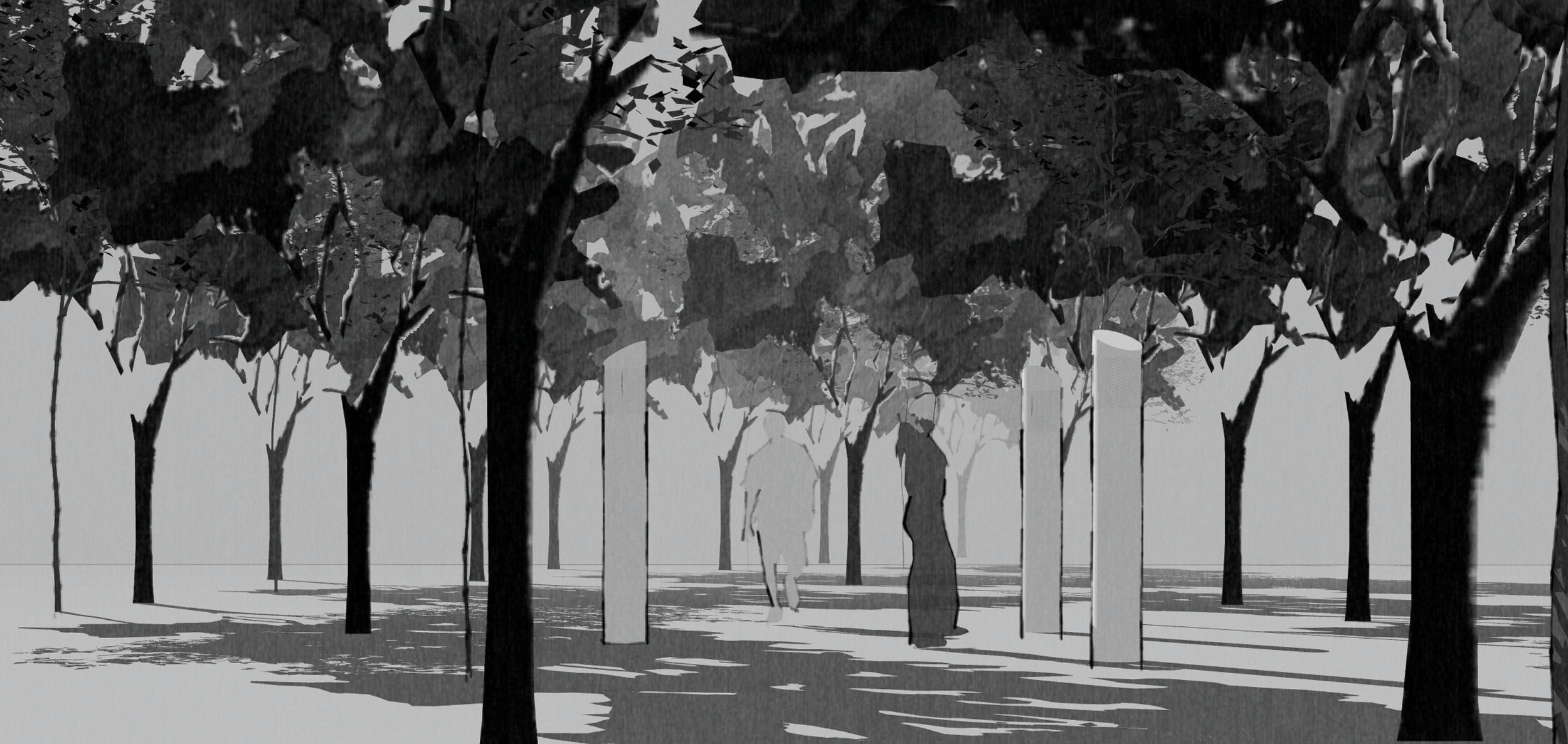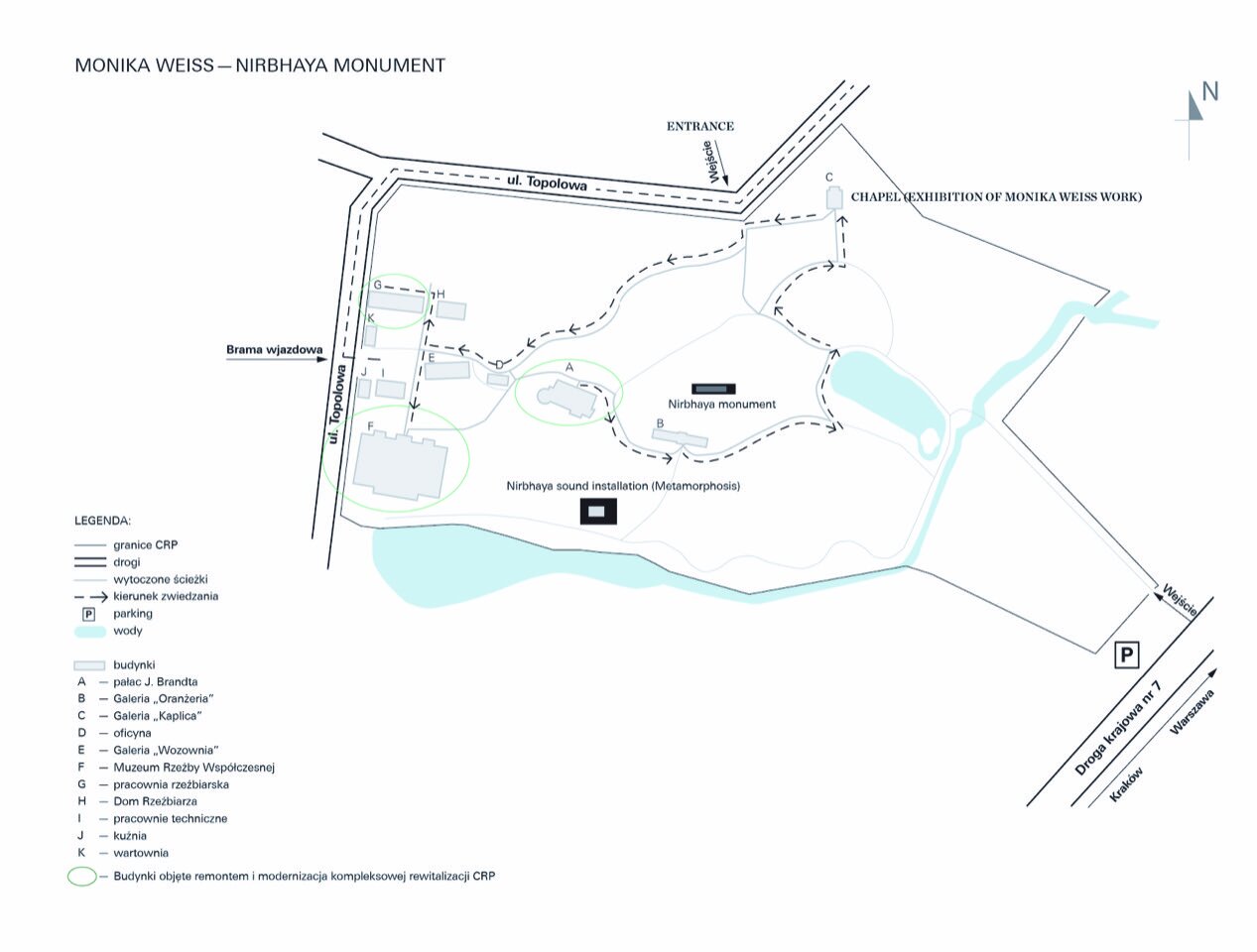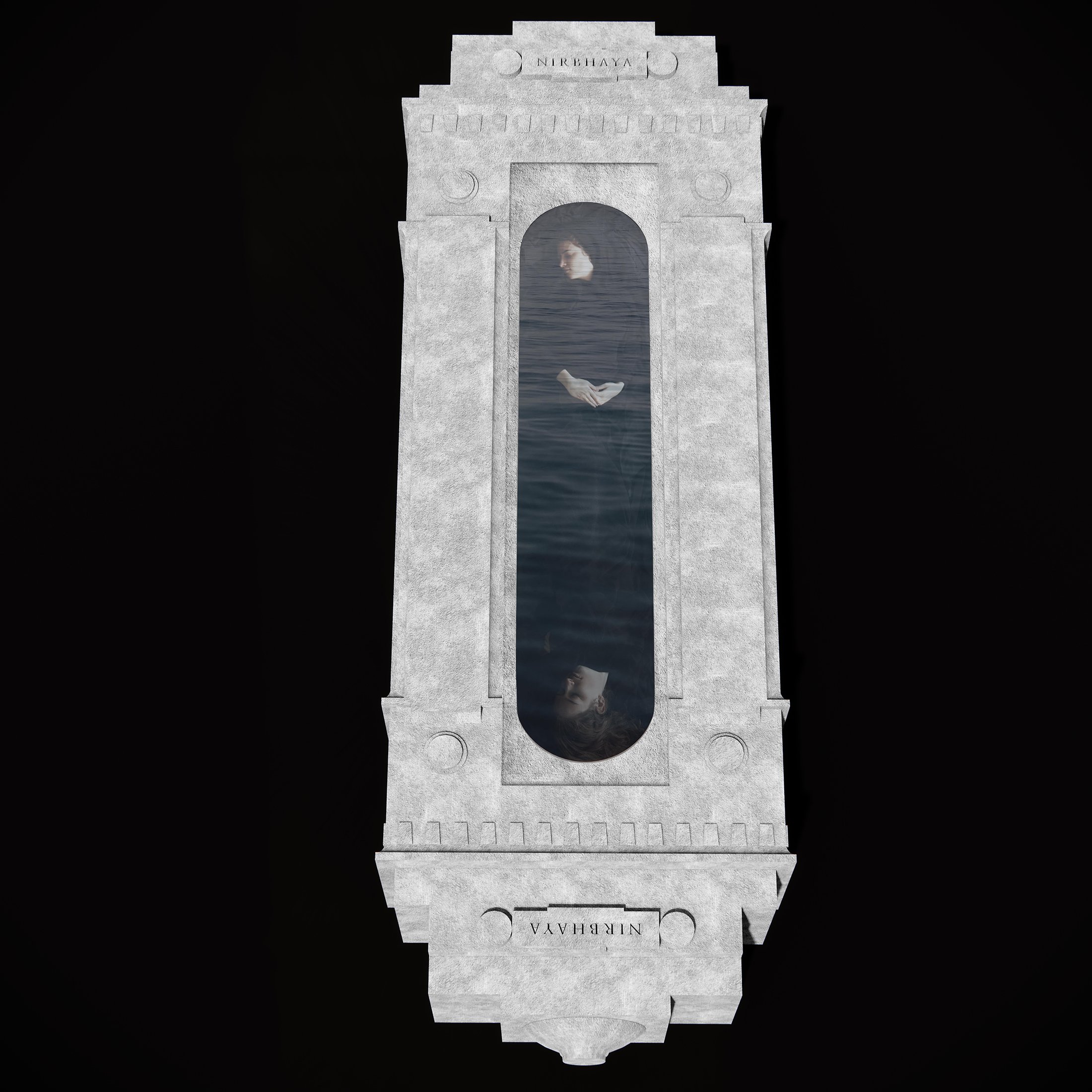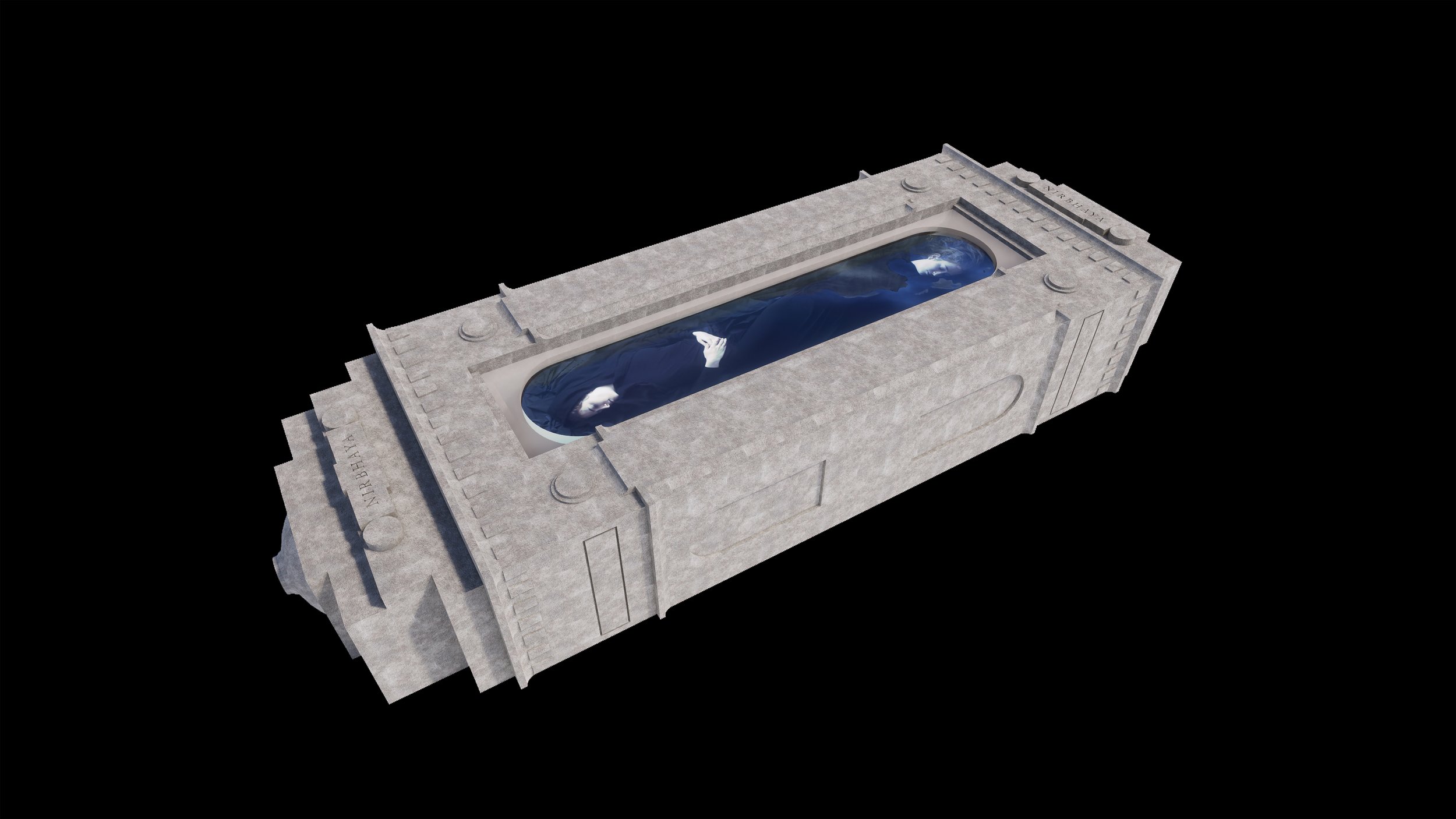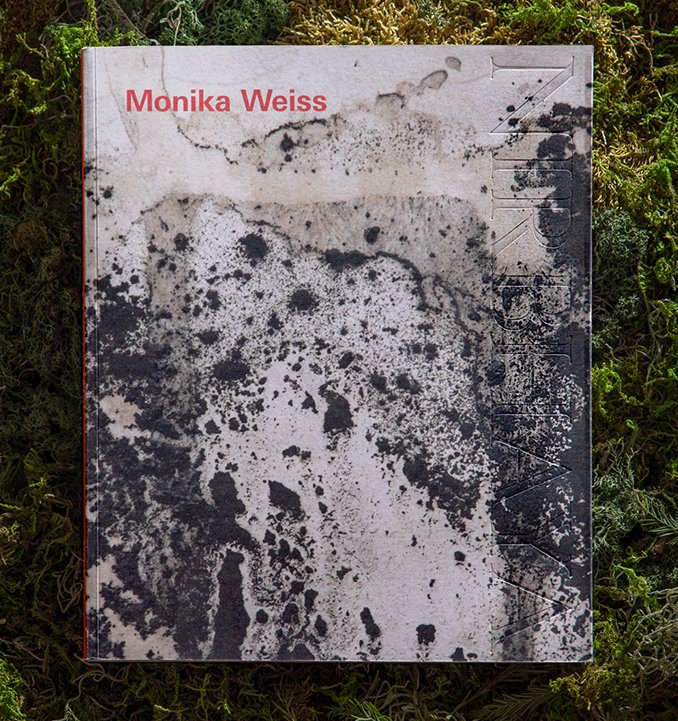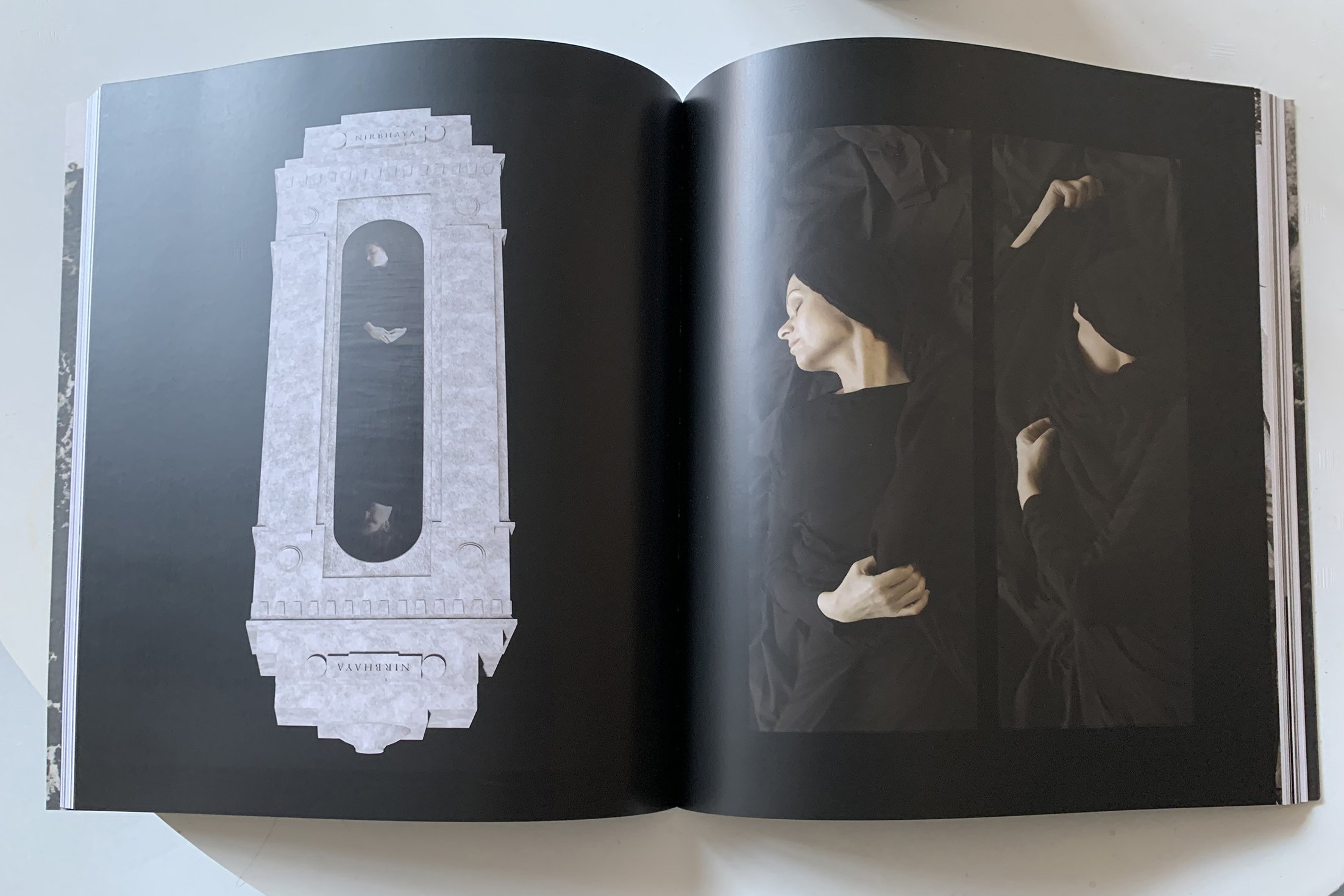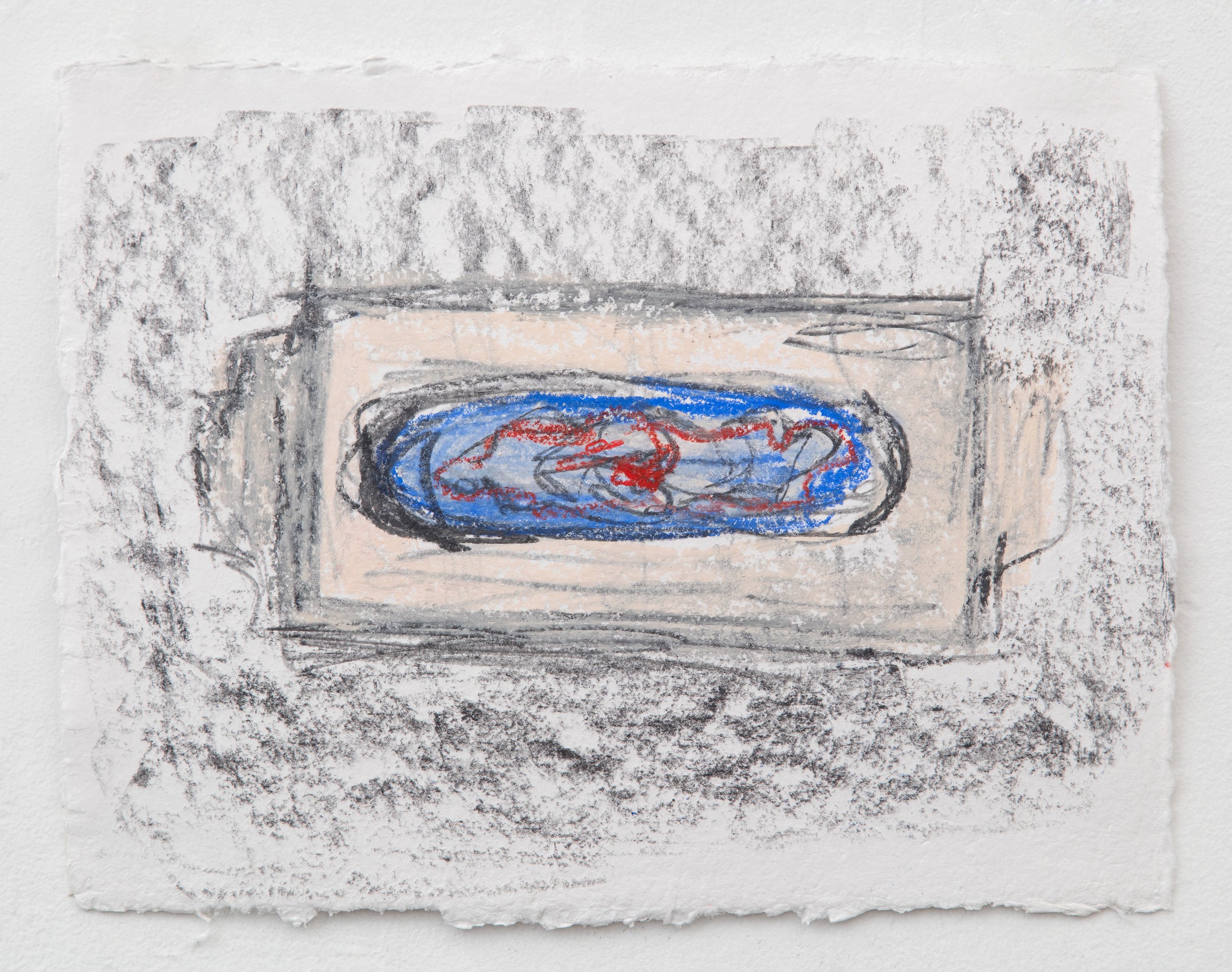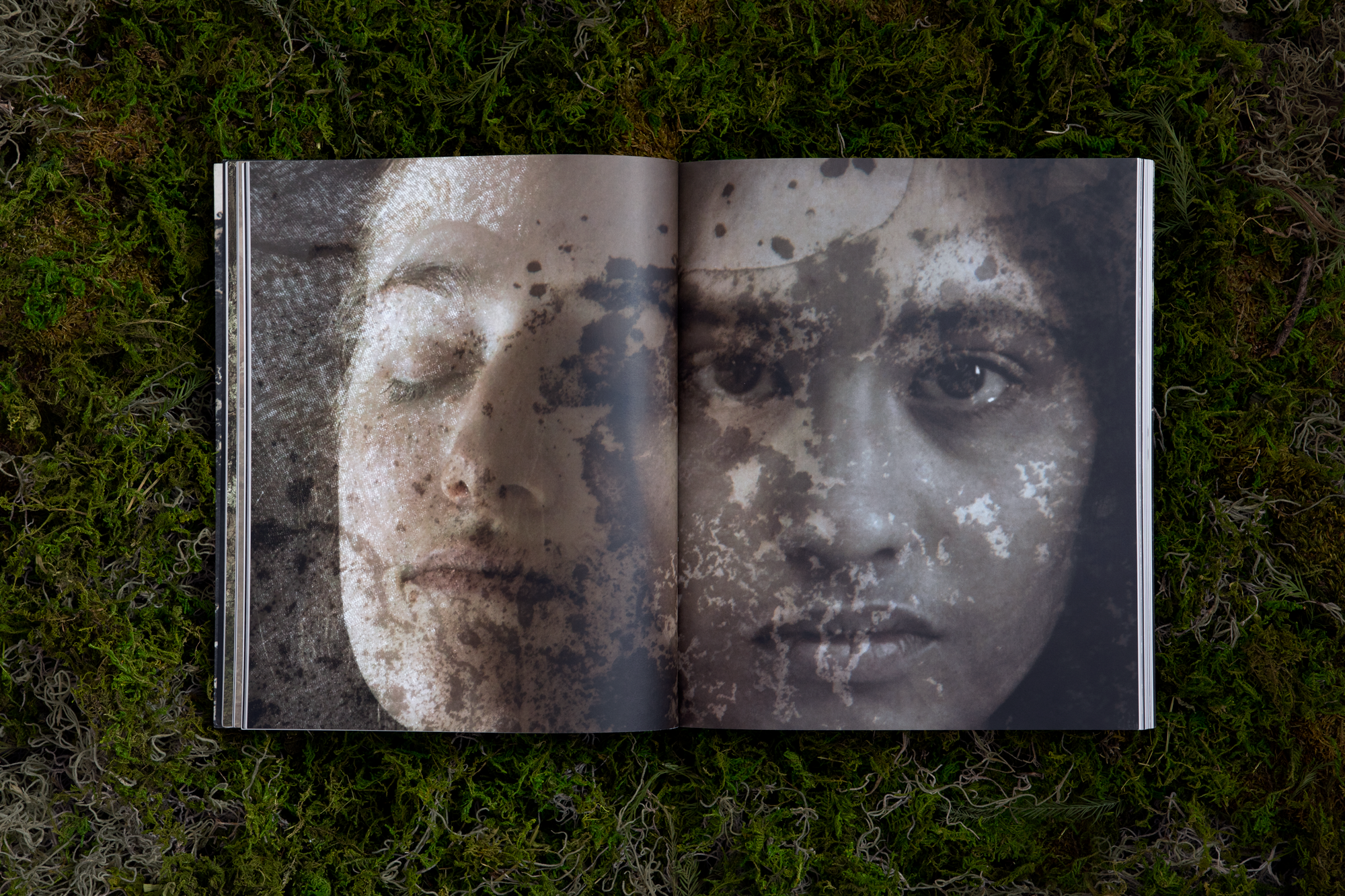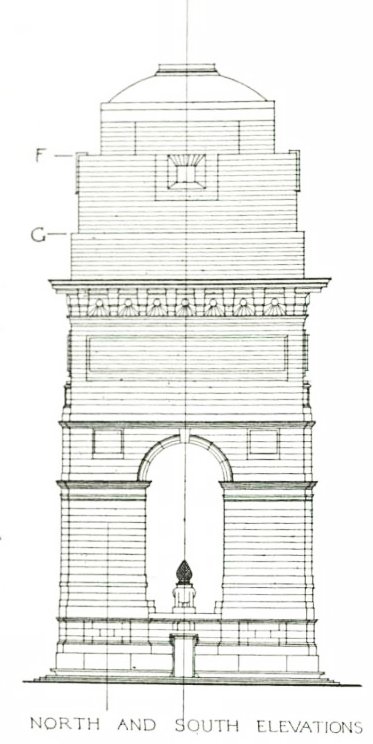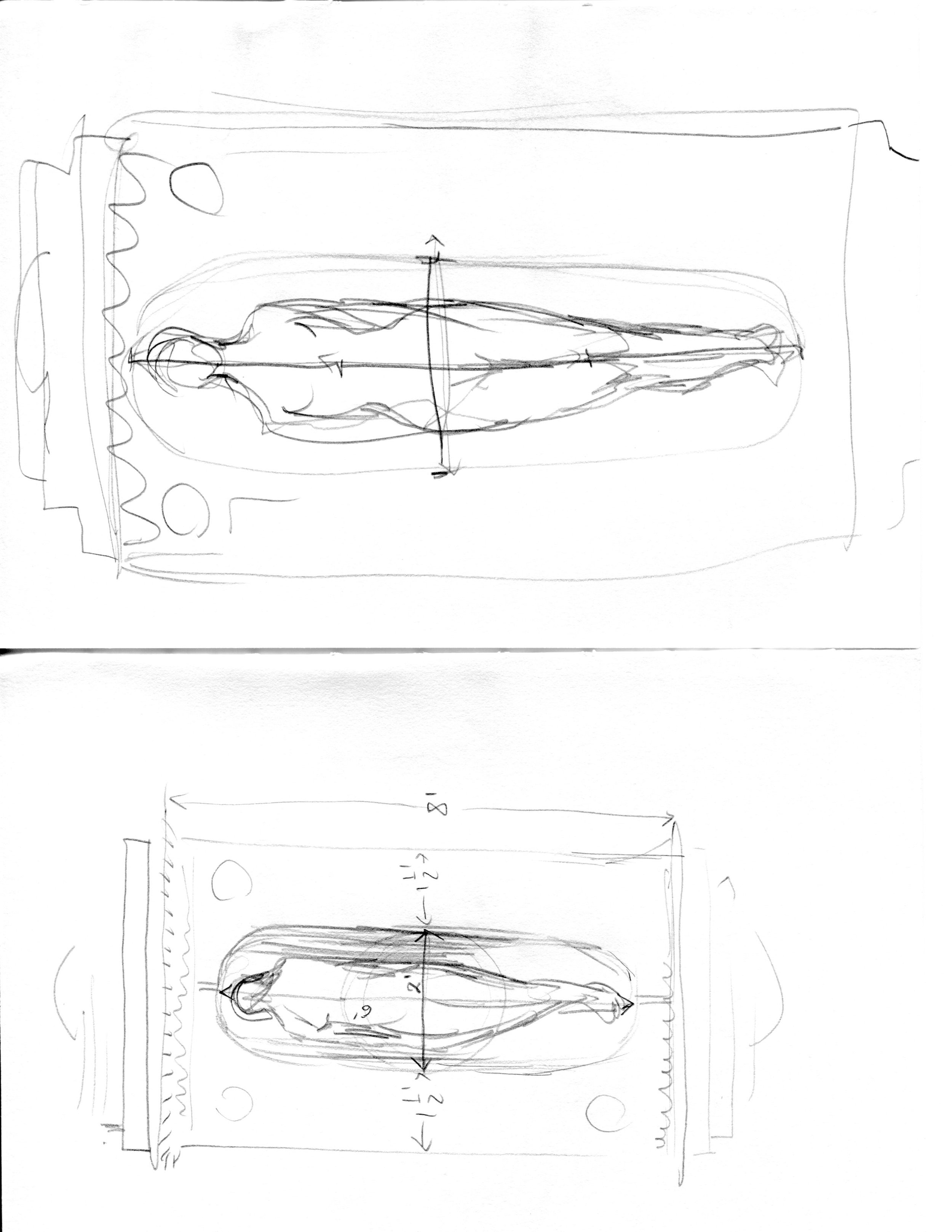symposium
MONUMENT | ANTIMONUMENT SYMPOSIUM
In March, April and May 2021, Creative Exchange Lab/Center for Architecture + Design St. Louis [CEL] organized an interdisciplinary symposium, Monument | Anti-Monument, inspired by the work of Polish-American artist Monika Weiss and her public project, monument/antimonument, Nirbhaya. The symposium consisted of six virtual panel discussions, in which humanities scholars, artists, architects, historians, curators and activists debated the role of monuments and commemorative design in shaping cultural identity. Moderated by New York based architect Rick Bell and hosted by CEL director Jasmin Aber, the symposium included Monika Weiss as well as Michael Arad, Lance Jay Brown, Nina Colosi, Chip Crawford, Eulalia Domanowska, Weronika Elertowska, Wendy Evans Joseph, Katarzyna Falęcka, Vanessa Gravenor, Percy Green, Marianne Hirsch, Lynne Jackson, Walter Johnson, David Lelyveld, Mark McDonald, Tyler Meyr, Gwen Moore, Eric Mumford, Verity Platt, Griselda Pollock, Leila Sadat, Kamala Sankaram, Jeffrey Smith, Buzz Spector, Julia Walker, Krzysztof Wodiczko, and James E. Young.
“Who is remembered, who is forgotten, and how do we unforget violence, in order to remake a world without it? Nirbhaya is named for Jyoti Singh, aka ‘Nirbhaya’ (She, Fearless) who was raped and killed at the age of 23 in New Delhi in 2012. It is a memorial not for conquerors and war heroes but for forgotten victims of everyday violence. The inspiration for the Nirbhaya sculpture comes from the long tradition of triumphal arches, which embody victorious verticality, making wars and colonial invasions into heroic history. In Nirbhaya, I place a triumphal arch down, mirroring with its own double, to create a vessel filled with water. The triumphal arch no longer hovers above us. Instead, we look down into the water and see a specter of a woman, her body shrouded in long black robe and veiled, her face morphing from one woman into another, making slow, universal gestures of lamentation. She eventually becomes a tree. Resembling an ancient sarcophagus, Nirbhaya honors women of all cultures and times who continue to undergo the trauma of rape, torture and death. A site of meditation and stillness, the monument offers a pathway for reimagining collective remembrance, abandoning victorious monumentality and celebrating the horizontal and peaceful future of humanity.” (Monika Weiss “Unforgetting Violence”, Centerpoint Now, World Council of Peoples for the United Nations, WCPUN, 2021)
Nirbhaya: Two Sister Monuments
Panel 1 | Friday, March 12, 2021
Panel 1 discussed Monika Weiss’ Nirbhaya memorial in the context the artist’s work overall, described by art historian Griselda Pollock as speaking “against violence at levels that reach back to the most archaic origins of ritual confrontations with life and death, terror and pathos.” The panel looked at Nirbhaya in the context of ancient traditions of lamentation employed by the artist as “musical and political gesture enacted within the public sphere”. The panel discussed background history of Nirbhaya, a project Weiss began in 2015 with her film/sound cycle Two Laments (19 Cantos) 2015-2020 that was the first work devoted to the memory of Jyoti Singh, posthumously named Nirbhaya. Two Laments (19 Cantos) included Canto 4 created in collaboration with the late poet, Meena Alexander, originally from India. The panel focused on the artist’s poetic gesture of placing a triumphal arch down, symbolically making the arch into a no longer triumphal sarcophagus. Panelists touched upon traditions of allegorical monumentality focusing on physical indicators of colonialism as represented by triumphal arches. Panel 1 was moderated by Rick Bell and included the artist as well as David Lelyveld, Tyler Meyr, Gwen Moore, and Griselda Pollock.
Nirbhaya: Film, Sound, Water and Lament
Panel 2 | Friday, March 26, 2021
Panel 2 focused on Monika Weiss’ frequent use of silent filmed images appearing inside water, the materiality of her large-scale drawings, and the lingering impact of her sound compositions, together evoking a space of lamentation. The panelists discussed Weiss’ drawing cycle Dafne (for Nirbhaya), 2020-2021, as well as her ambisonic sound installation Metamorphosis, 2021. In both of these works, inspired by the mythological story of Daphne, the artist symbolically depicts a moment of reincarnation from the living body of a woman into the living body of a tree, challenging us to reimagine a world without violence. Planned to be installed at a short walking distance from each other, her sound installation Metamorphosis and her silent monument Nirbhaya are to be built as permanent pieces in the public park of the Centre for Polish Sculpture in Orońsko, National Heritage Institution. Panel 2 was moderated by Rick Bell and included the artist as well as Nina Colosi, Mark McDonald, and Verity Platt.
Nirbhaya and the Symbolism of the Arch
Panel 3 | Friday, April 19, 2021
Inspired by the Nirbhaya’s critique of triumphal arches, Panel 3 addressed the complex relationships between architecture, history, cultural mythology, and political symbolism. The discussion focused on the signification of commemorative arches and war-cemetery memorials. The question of who is remembered and who is forgotten, remained integral to the discussion, as were issues of collective memory, particularly when the collectivity is divided by race, gender, or ideology. This third of the six-part series looked closely at St. Louis, and the diverse interpretations of the Gateway to the West. It addressed public space and architectonic objects more generally as vehicles of collective identity, which often carry symbolic traces of colonialism and representations of imperialism. Panel 3 analyzed culture-specific history, particularly within the context of recent activism. The panel focused on the potential ability of artists as activists to rethink and reshape the relation of monumentality to anti-monumentality – remembering the victims of violence rather than the victors of conflict. With the Nirbhaya project seen as a call to “unforget” [a term proposed by Monika Weiss] Panel 3 addressed questions about defining collective memory and how can historical amnesia or denial be reversed. Panel 3 was moderated by Rick Bell and included the artist as well as Chip Crawford, Percy Green, Lynne Jackson, Walter Johnson, Eric Mumford, and Jeffry Smith.
The Architecture of Memory, Gender & Intersectionality
Panel 4 | Friday, April 23, 2021
Panel 4 brought attention to collective memory as a symbolic site, where architecture, voice and the performativity of gender coexist as forms of intersectionality. The panel was inspired by Monika Weiss’ work with omitted histories, especially histories of women, to whom the artist dedicates her art. The panel underscored recent resurgence of the prejudice against the concept of gender understood as social construct with its cultural, behavioral and legal consequences. Panelists focused on gendered-based violence as necessarily representative of all other violence, injustice and oppression. Looking into who is remembered and whose lives are worthy of being mourned (Judith Butler) the panelists presented their own works as well as discussed, the artist’s call to “unforgetting” [term proposed by Monika Weiss] gendered based violence, in the context of “the global resonance of Weiss’ profoundly affective practice as a testament to the artist’s desire to reimagine the world from a transregional feminist perspective” (Katarzyna Falęcka). Panel 4 was moderated by Rick Bell and included the artist as well as Weronika Elertowska, Eulalia Domanowska, Vanessa Gravenor, Kamala Sankaram, and Julia Walker.
Monuments & Memory
Panel 5 | Friday, May 7, 2021
Placed in highly visible sites such as public squares or public parks, with a purpose to inspire commemoration and remembrance of specific individuals and events, monuments occupy both the consciousness and the unconscious of communities or entire cultures. Inspired by Monika Weiss’ Nirbhaya as a form of collective “postmemory” [term proposed by Marianne Hirsh], Panel 5 looked into direct and indirect relationships between monuments, monumentality and public memory as means of producing or reflecting power and defining history. The role of monuments and anti-monuments in reshaping our understanding of history was investigated in the context of Weiss’ gesture of placing the triumphal arch down, denying its victorious and forever conquering verticality. Panel 5 discussed recent history of “countermonuments” [term proposed by James E. Young] as artistic and social subversions and disclosures of collective trauma within public space. Panel 5 was moderated by Rick Bell and included the artist as well as Lance Jay Brown, Marianne Hirsch, Wendy Evans Joseph, Krzysztof Wodiczko, and James E. Young.
Nirbhaya: The Future of Collective Memory
Panel 6 | Friday, May 21, 2021
Nirbhaya is a work of art that calls for radical re-imagining of how, whom and what we choose to remember within and outside the traditional trajectories of heroic history. Sixth and final panel of the series explored potential future functions and forms of monuments and memorials as catalysts of collective memory in the context of Monika Weiss’ call for public visibility of forgotten or omitted events and lives, and in relation to Hannah Arendt’s concept of public space understood as a “space of appearance”. Panelists discussed their own work in relation to collective memory and public space. Panel 6 probed public space as a container of global and local value systems, hierarchies, and power structures that often lead to violence and enable selective erasure of the memory of events. The discussion included consideration of questions about the ways we might imagine, what Monika Weiss has called, the “horizontal future of humanity.” Panel 6 was moderated by Rick Bell and included the artist as well as Michael Arad, Katarzyna Falęcka, Leila Nadya Sadat, and Buzz Spector.
BIOGRAPHIES
Jasmin Aber (Symposium host)
Jasmin Aber is the Director of the Creative Exchange Lab, and a licensed architect, trained in the United Kingdom. She is an urbanist with over twenty-five years of experience as a design practitioner. Jasmin is an academic, educator, mentor, and curator, as well as the co-founder and executive director of the CEL Center for Architecture and Design (CEL) in St. Louis. Her research work and design practice involve culture-led planning, utilizing music, art, and cultural heritage for place making and equitable and sustainable community and economic development. She is the co-curator of the 2019 exhibition Public Art, Public Memory: Who is Missing which engaged with contemporary discussion around expanding representation in our public monuments.
Michael Arad
Michael Arad’s design for the National September 11 Memorial at the World Trade Center site, titled “Reflecting Absence,” was selected by the Lower Manhattan Development Corporation from among more than 5,000 entries submitted in an international competition held in 2003. Mr. Arad joined Handel Architects as a Partner in April 2004 where he worked on realizing the Memorial design as a member of the firm. A native of Israel, Mr. Arad was raised there, the U.K., the United States and Mexico. He came to the United States and earned a B.A. from Dartmouth College in 1994 and a Master of Architecture from the Georgia Institute of Technology in 1999.
Rick Bell (Symposium moderator)
Rick Bell teaches at Columbia University where he is helps direct the Center for Buildings, Infrastructure and Public Space. A registered architect in New York, Rick previously served as Executive Director of Design and Construction Excellence at the NYC Department of Design and Construction. While Executive Director of AIA New York, he was instrumental in establishing and animating the Center for Architecture. He was also a member of the LMDC Committee that wrote the program for the National 9/11 Memorial at the World Trade Center. After architectural studies at Yale and Columbia, he worked in offices in New York, France, and Switzerland. He was on the advisory board of the inaugural NYC Architecture Biennial in 2020 and currently serves on the Board of the Creative Exchange Lab.
Lance Jay Brown
Lance Jay Brown is President of the Consortium for Sustainable Urbanization (UN NGO). Brown is a Fellow of the American Institute of Architects (FAIA) and former Chair and Director of the Spitzer School of Architecture, City University. He was 2014 President of the AIA New York Chapter, holds the title of Distinguished Professor for Life Emeritus from the Association of Collegiate Schools of Architecture (ACSA), and received the AIA/ACSA Topaz Medallion for Excellence in Architectural Education. He co-founded the AIA Design for Risk and Reconstruction Committee and was a UN-HABITAT III Policy Unit 8 member and 2016 Quito presenter. Prof. Brown was a two-term Board Member of the Beverly Willis Architectural Foundation and a founding Advisory Board Member of both the NYC Architecture Biennial and International Nighttime Design Initiative. Publications include: Beyond Zuccotti Park: Freedom of Assembly and the Occupation of Public Space; The Legacy Project: New Housing New York; Urban Design for an Urban Century, co-authored. He was competition advisor to the National 9/11 Memorial at the World Trade Center and to the 9/11 Memorial at Logan Airport in Boston.
Nina Colosi
Nina Colosi founded and directs Streaming Museum, launched in 2008, that produces and presents programs of art and world affairs that have reached millions on seven continents in public spaces, at cultural and commercial centers, and StreamingMuseum.org. Colosi collaborated with World Council of Peoples for the United Nations on their publication “Centerpoint Now” marking the UN’s 75th anniversary. Following her early career as an award-winning composer, she produced new media exhibitions internationally, and, in NYC, for The Project Room for New Media and Performing Arts at Chelsea Art Museum and Digital Art @Google program series at Google headquarters.
Chip Crawford
Chip Crawford PLA, FASLA, LEED GA is the managing director and senior principal at Lamar Johnson Collaborative. He is a practice builder, creative thinker, and problem solver. An award-winning landscape architect, Chip has over 38 years leading complex planning, landscape architecture, and urban design projects, in over 18 countries. A true collaborator, he connects with clients and has a unique ability to stimulate creative thinking and problem solving, bringing proven expertise and the freshest thinking to the table. Chip has dedicated his career to being a steward for the public realm and creating inspiring places that recognizes the value of all living things.
Eulalia Domanowska
Eulalia Domanowska is an art historian, art critic, and curator of over 100 exhibitions in Poland and Europe, as well as academic lecturer. She was director of the Center of Polish Sculpture in Orońsko between 2016-2019. Member of the AICA and IKT organizations (Association of Contemporary Art Curators), she has been the editor-in-chief of the Orońsko Quarterly from 2016 - 2019. Since 2016, Domanowska is the founder and main organizer of the international scholarly conference Sculpture Today. Between 2002-2006 she conducted research in the field of Swedish language, art, museology, ethnology and gender art at the University of Umeå in Sweden. She is currently director of the State Art Gallery in Sopot, Poland. She is particularly interested in modern and contemporary art, art in public space, art in the landscape and sculpture parks.
Weronika Elertowska
Weronika Elertowska is an independent curator of exhibitions and international art projects, and a photography-based artist. Her work includes a number of interdisciplinary methods including digital registration, classical process and video – effortlessly moving in the sphere of objects, installations and photography. In 2009, she got a stipend from the Photography and Media Department at Vilnius Academy of Arts in Lithuania. She graduated with a Master Degree from the Multimedia Faculty at the University of Arts in Poznań, Poland. Since that time, she has been a curator of several international exhibitions, including “781 km” and “PLT” in Vilnius, Lithuania. Her art works have been shown in Lithuania, Romania, Northern Ireland and Poland. She is part of the jury team at the Center of Polish Sculpture, where she curated Monika Weiss-Nirbhaya exhibition, March 27 – July 11, 2021.
Wendy Evans Joseph
Wendy Evans Joseph is the founder of Studio Joseph and has designed a diverse array of commercial, institutional, residential, and cultural projects with strong emphasis on public and community involvement. Before founding Studio Joseph, Wendy had a distinguished twelve-year tenure at Pei Cobb Freed & Partners where she was a designer for large-scale public, institutional, and museum projects, including the Holocaust Museum in Washington, DC. She has degrees from the University of Pennsylvania and Harvard’s Graduate School of Design. Wendy was president of AIA New York, chair of the AIA National Committee on Design, and president of the Architectural League.
Dr. Katarzyna Falęcka
Dr Katarzyna Falęcka is a Lecturer in Art History at Newcastle University, specialising in modern and contemporary art from North Africa and the Middle East. She holds a PhD from University College London and co-leads a program in modern art history at the Centre d’Études Maghrébines à Tunis. She is curator of the exhibition Beyond Metaphor: Women and War at apexart, New York (May-July, 2021) and author of scholarly articles, including in In Search of Archives, eds. Sarah Dornholf and Nadia Sabri (Berlin: Archive Books, 2021) and Monika Weiss-Biography in Monika Weiss-Nirbhaya (Oronsko Press, 2021).
Vanessa Gravenor
Vanessa Gravenor is an artist, writer, and editor. Her artistic works and critical texts question how present-day materializations of violence are embedded within histories and demonstrate how retellings can be a place for power reversals, complicating what is recognized as official truth. Her work has been exhibited at nGbk, Kunstraum Kreuzberg (Berlin, DE), Park Avenue Armory (NYC, US), Kim? (Riga, LV), and VBKÖ (Vienna, AT). She was shortlisted for the 13th Lichter Art Award, Frankfurt, DE and has participated in VISIO, Lo Schermo dell’arte, for young artists in film. Her writing has been published with Third Text, N.Paradoxa Feminst Journal (a review of Monika Weiss’ Two Laments), and Sternberg Press.
Percy Green II
Percy Green II is a long time civil rights activist in St. Louis. He has been instrumental in advocating for minority employment throughout the region. In 1964 he famously climbed the under-construction Gateway Arch to bring attention to a lack of diversity in the federally-funded construction project. In 1973 he was a plaintiff in the Green vs. McDonnell-Douglas Fair-Employment landmark U.S. Supreme Court case which established the basis for determining whether racial discrimination occurred under a pretext by an employer as charged. Legal scholars and experts widely state that this case is the most cited law in the United States. During the 1990s Green worked with the St. Louis mayor’s office certifying minority and women-owned businesses, as well as with a host of other regional organizations, companies, utilities, and institutions to advocate for fair employment and general civil and human rights. He holds a Master of Social Work degree from Washington University in St. Louis.
Marianne Hirsch
Marianne Hirsch writes about the transmission of memories of violence across generations, combining feminist theory with memory studies in global perspective. Her recent books include The Generation of Postmemory: Writing and Visual Culture After the Holocaust, School Photos in Liquid Time: Reframing Difference, co-authored with Leo Spitzer; and the co-edited volume Women Mobilizing Memory. Hirsch teaches Comparative Literature and Gender Studies at Columbia University and is a member of the American Academy of Arts and Sciences. With a group of artists, activists and scholars, she is currently working on a community-based post-Covid project in Upper New York City: “Zip Code Memory Project: Practices of Justice and Repair.”
Lynne M. Jackson
Lynne M. Jackson is the great-great granddaughter of Dred Scott, and founder and president of the Dred Scott Heritage Foundation. The goal of the foundation is to promote the commemoration, education, and reconciliation of our histories. Since the inception of the Dred Scott Heritage Foundation in 2006, Lynne has dedicated herself to casting a new light on the history of her ancestor and the landmark Dred Scott Decision by commemorating, educating and actively working toward reconciliation. She has traveled across the United States sharing the story of her ancestors, their case, and what it means to the future of this nation and its healing. In 2012, she and the Foundation raised the funds to erect and unveiled the first and only statue of Dred Scott and his wife Harriet which stands in front of the Old Courthouse in St. Louis.
Walter Johnson
Walter Johnson, PhD is a member of the Rock Bridge High School Hall of Fame (2006). His prize-winning books, Soul by Soul: Life Inside in the Antebellum Slave Market (1999) and River of Dark Dreams: Slavery and Empire in the Mississippi Valley’s Cotton Kingdom (2013), were published by Harvard University Press. His most recent book The Broken Heart of America: St. Louis and the Violent History of the United States (2020) was published by Basic Books. His autobiographical essay, “Guns in the Family,” was included the 2019 edition of Best American Essays; it was originally published in the Boston Review, of which Johnson is a contributing editor. Johnson is a founding member of the Commonwealth Project, which brings together academics, artists, and activists in an effort to imagine, foster, and support revolutionary social change, beginning in St. Louis.
David Lelyveld
David Lelyveld is a historian of modern India, especially the social and cultural history of north Indian Muslims and the Urdu language community during the period of British rule leading up to and beyond the partition of India in 1947 and the birth of Pakistan. He received his Ph.D. from the University of Chicago and held faculty and administrative positions at the University of Minnesota, Columbia, Cornell, and retired as professor at William Paterson University. His frequent sojourns in South Asia go back nearly sixty years, shared over a period of forty years with his late partner, the poet Meena Alexander, who contributed to the early stages of Monika Weiss’ project dedicated to the tragedy of Nirbhaya.
Dr. Mark McDonald
Dr. Mark McDonald is curator at The Metropolitan Museum of Art where he is responsible for Italian, Spanish, Mexican and early French prints and illustrated books. He joined The Met in 2014 after working at the British Museum as curator. He has curated exhibitions at the British Museum and Museo Nacional del Prado among others. He has published widely on the graphic Arts. The Print Collection of Ferdinand Columbus: 1488-1539 (2006) won the Mitchell Prize for Art History and Apollo Book of the Year. More recent publications include Renaissance to Goya: Prints and Drawings from Spain (2012), a study of Goya’s Disasters of War (2014), six volumes on the Print collection of Cassiano dal Pozzo (2019) and Alonso Berruguete: First Sculptor of Renaissance Spain (2020) that was recently awarded the Eleanor Tufts Prize. He has taught at the Courtauld Institute in London and IFA in New York.
Tyler Meyr
Tyler Meyr AIA, LEED AP. Managing Director, Principal Lamar Johnson Collaborative. Tyler Meyr is a leading conceptual thinker with a strong national and international portfolio of projects including built work in Los Angeles, London, Antwerp, St. Louis, and Istanbul. Tyler utilizes his experience in urban design, planning, and architecture to address the complex challenges of today’s urban environment. Tyler’s unique blend of urban design and architecture talent allow him to serve as a link between the two disciplines, synthesizing context and program, along with the input of vital stakeholders into a cohesive vision.
Gwen Moore
Gwen Moore is the Curator of Urban Landscape and Community Identity at the Missouri Historical Society focusing on race, ethnicity, and race relations in St. Louis. Gwen has been associated with the Society since 1998 working as a researcher, community programmer and oral historian. Her current area of research is concerned with social movements with a particular interest in civil rights activism. An important part of her work has been documenting local protests surrounding the unprovoked killings of African Americans which includes a collecting initiative and an oral history project. In addition, Gwen is currently at work on an exhibition focusing on Black life during the Jim Crow era.
Eric Paul Mumford
Eric Mumford, PhD, an architect and historian, is the Rebecca and John Voyles Professor of Architecture at the Sam Fox School of Design & Visual Arts at Washington University in St. Louis. He has given many invited lectures nationally and internationally, and publishes academic books and peer-reviewed scholarly articles. He is the author of The CIAM Discourse on Urbanism, 1928-1960 (MIT Press, 2000), the only book-length history of the International Congress of Modern Architecture; Modern Architecture in St. Louis: Washington University and Postwar American Architecture, 1948-1973 (2004); and Designing the Modern City: urbanism since 1850 (2018), a textbook on the history of how architects’ have tried to shape modern cities through design.
Verity Platt
Verity Platt is a professor of History of Art and Classics at Cornell University. She is the author of Facing the Gods: Epiphany and Representation in Graeco-Roman Art, Literature and Religion (2011) and has edited volumes on The Frame in Classical Art: A Cultural History (2017) and the Embodied Object in Classical Antiquity (2018). In her work as a writer, editor (of Classical Receptions Journal), and teacher, she explores the many ways in which the tropes of classical monumentality continue to be appropriated, reworked, challenged, and subverted in the 21st Century. She received her DPhil in Classics from Oxford University.
Griselda Pollock
Griselda Pollock is an art historian and cultural analyst of feminist, international, postcolonial, queer studies in the visual arts and visual cultures. Known for her theoretical and methodological innovations and interpretations of historical and contemporary art, film and cultural theory, Pollock has challenged her own discipline. Her book Old Mistresses: Women, Art and Ideology, co-authored with Rozsika Parker (1981), just republished in 2020, is a still relevant and radical critique of art history and its gender-selective canon. It has become a classic text in feminist art history, as has her book, Vision and Difference: Femininity, Feminism and Histories of Art. (1988) Developing transdisciplinary approaches to contemporary art and its new forms and media, she is recognized as a major influence in feminist theory, feminist art history and gender studies. In March 2020, Pollock was named as the 2020 Holberg Prize Laureate for her ground-breaking contributions to feminist art history and cultural studies. Griselda Pollock is now professor emerita at the University of Leeds where she taught for 43 years. She has published 22 monographs, with four more forthcoming. Her most recent monograph is Charlotte Salomon in the Theatre of Memory (Yale University Press, 2018). Griselda Pollock is the author of the main essay in the monograph Monika Weiss-Nirbhaya, published by the Centre for Polish Sculpture Press (2021).
Leila Nadya Sadat
Leila Nadya Sadat is the James Carr Professor of International Criminal Law at Washington University Law and former Director of the Harris World Law Institute at Washington University School of Law (2008-2020). Since 2012 she has served as Special Adviser on Crimes Against Humanity to the ICC Prosecutor, and in 2008 launched the Crimes Against Humanity Initiative to address the scourge of global atrocity crimes and draft a treaty on their punishment and prevention. In 2018, she launched the Gun Violence and Human Rights Initiative. Sadat is an award-winning scholar who recently received an Honorary Doctorate from Northwestern University. She is the President of the International Law Association (American Branch) and a member of the U.S. Council on Foreign Relations. Sadat will be a senior visiting scholar at Yale Law School in fall 2021.
Kamala Sankaram
Kamala Sankram, composer and performer, is known for her “blazing high notes” (The Wall Street Journal,) and her “strikingly original” (New York Times) music. Performances have included Meredith Monk’s ATLAS (Los Angeles Philharmonic,) Anthony Braxton’s operas Trillium E, Trillium J and GTM (Syntax) 2017, and festivals including Operadagen Rotterdam and the Edinburgh International Festival. As a composer, she has received commissions from the Glimmerglass Festival, Washington National Opera, Houston Grand Opera, the PROTOTYPE Festival, and Shakespeare Theatre Company, among others. Her work with emerging technology has included two operas created for telematic performance and the world’s first virtual reality opera.
Jeffrey Smith
Jeffrey Smith, PhD, is Senior Professor of History at Lindenwood University in the St. Louis area. Smith is author of The Rural Cemetery Movement: Places of Paradox in Nineteenth-Century America. Most recently, he was a contributor to Till Death Do Us Part: American Ethnic Cemeteries as Borders Uncrossed (“Till Death Keeps Us Apart: Segregated Cemeteries and Social Values in St. Louis, Missouri”) and in the forthcoming Monuments, Memory, and Commemoration (“Cemeteries and the Lost Cause”) and Southern Cemeteries and Southern Culture (“Confederates in the Graveyard: Southern Identity and the Rural Cemetery Movement”).
Buzz Spector
Buzz Spector is an artist and writer who recently moved to upstate New York. Drawing has been important to his studio practice from the beginning of his career, and Spector describes the systematic page tearing in many of his works with paper as edges becoming lines. In addition to artmaking, Spector is a widely published critical writer whose essays and reviews have appeared in Afterimage, American Craft, Artforum, and Art on Paper, among many other magazines and journals. He is emeritus professor of art in the Sam Fox School of Design & Visual Arts at Washington University in St. Louis.
Julia A. Walker
Julia Walker is Associate Professor of English and Drama, with joint appointments in the English and Performing Arts Departments at Washington University in St. Louis. She is the author of Expressionism and Modernism in the American Theatre: Bodies, Voice, Words (Cambridge University Press, 2005), Performance & Modernity: Enacting Change on the Globalizing Stage (Cambridge University Press, forthcoming), and numerous articles and essays. At Washington University, she teaches courses in modern drama, literary modernism, theatrical modernism, literary theory, and performance theory.
Monika Weiss
Monika Weiss, an artist born in 1964 in Warsaw, Poland, lives and works in New York City and St. Louis. Trained originally as a pianist, she is internationally known for her intermedia works in sound and film as well as large-scale performances, drawings and public projects evoking ancient rituals of lamentation in response to events and sites of trauma. Her first permanent outdoor project Nirbhaya, a monument/antimonument devoted to victims of gender-based violence, is planned concurrently in Poland and in the US, and was an inspiration for this symposium. As part of The Metropolitan Museum of Art series Artists on Art, a 30-min. film with Monika Weiss speaking on her work and the work of Goya, premiered in April 2021. Monika Weiss is Professor of Art at Sam Fox School of Design & Visual Art, Washington University in St. Louis. (Speaker in all panels)
Krzysztof Wodiczko
Krzysztof Wodiczko, an artist born 1943 in Warsaw, Poland, lives and works in New York City, Cambridge, Massachusetts, and Warsaw. He is renowned for his large-scale projections on architectural facades, and monuments and designs of communicative street equipment to enforce public voice and expression of the marginalized city residents. Krzysztof Wodiczko is a recipient of 4th Hiroshima Art Prize “for his contribution as an international artist to the world peace”. He has held retrospective exhibitions in numerous museums and art centers. He is Professor of Art, Design and the Public Domain at Harvard’s Graduate School of Design.
James E. Young
James E. Young is Distinguished University Professor Emeritus of English and Judaic & Near Eastern Studies at the University of Massachusetts, Amherst, where he has taught since 1988, and Founding Director of the Institute for Holocaust, Genocide, and Memory Studies at UMass Amherst. He has also taught at NYU, Bryn Mawr, the University of Washington, Harvard and Princeton. His teaching and research areas include narrative theory, cultural memory studies, Holocaust studies, and visual culture. Professor Young is the author of Writing and Rewriting the Holocaust (1988), The Texture of Memory (1993), At Memory’s Edge: After-images of the Holocaust in Contemporary Art and Architecture (2000), and The Stages of Memory: Reflections on Memorial Art, Loss, and the Spaces Between (2016). At present, he is completing an insider’s story of the World Trade Center Memorial, entitled Memory at Ground Zero: A Juror’s Report on the World Trade Center Site Memorial and Museum.
